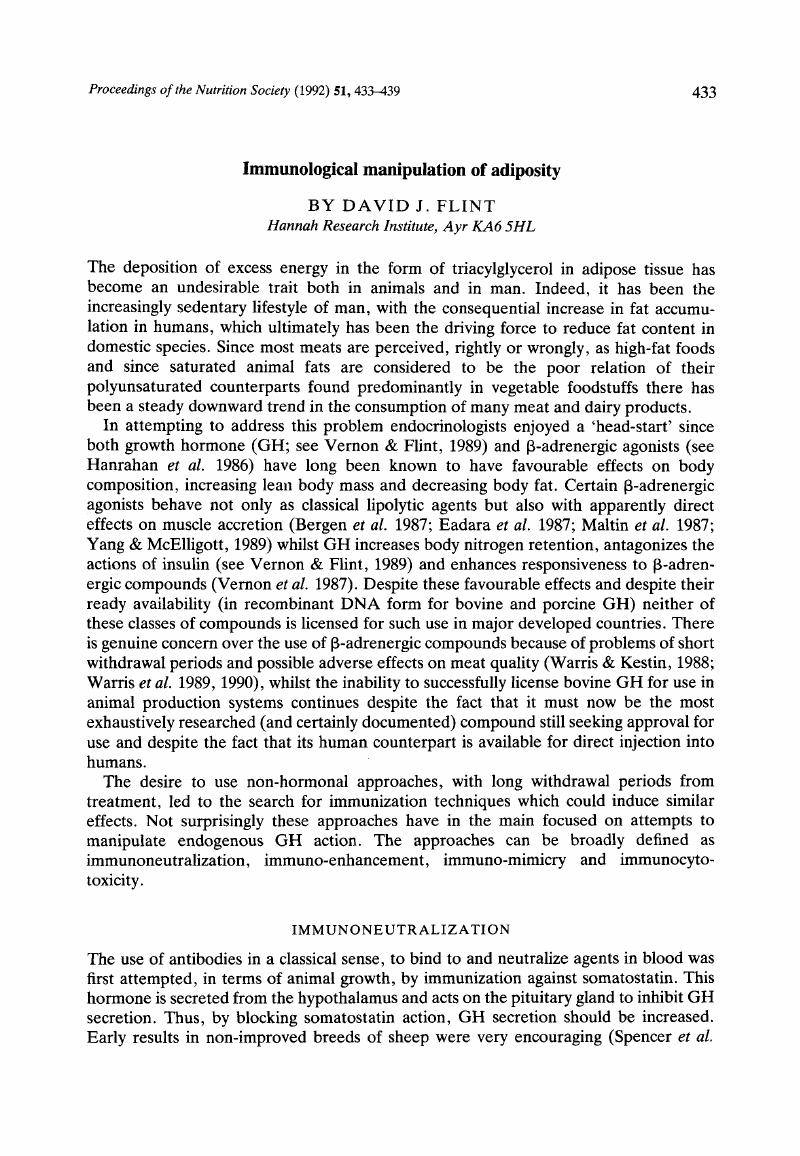Crossref Citations
This article has been cited by the following publications. This list is generated based on data provided by Crossref.
Choi, Chang-Weon
Kim, Yu-Hyun
Kim, Sang-Jin
Song, Man-Kang
Kwon, Eung-Gi
Oh, Young-Kyoon
Hong, Seong-Koo
Choi, Seong-Ho
and
Baek, Kyung-Hoon
2008.
Development of Polyclonal Antibodies to Abdominal and Subcutaneous Adipocytes for Fat-Reduced Hanwoo Beef Production.
Korean Journal for Food Science of Animal Resources,
Vol. 28,
Issue. 5,
p.
651.



